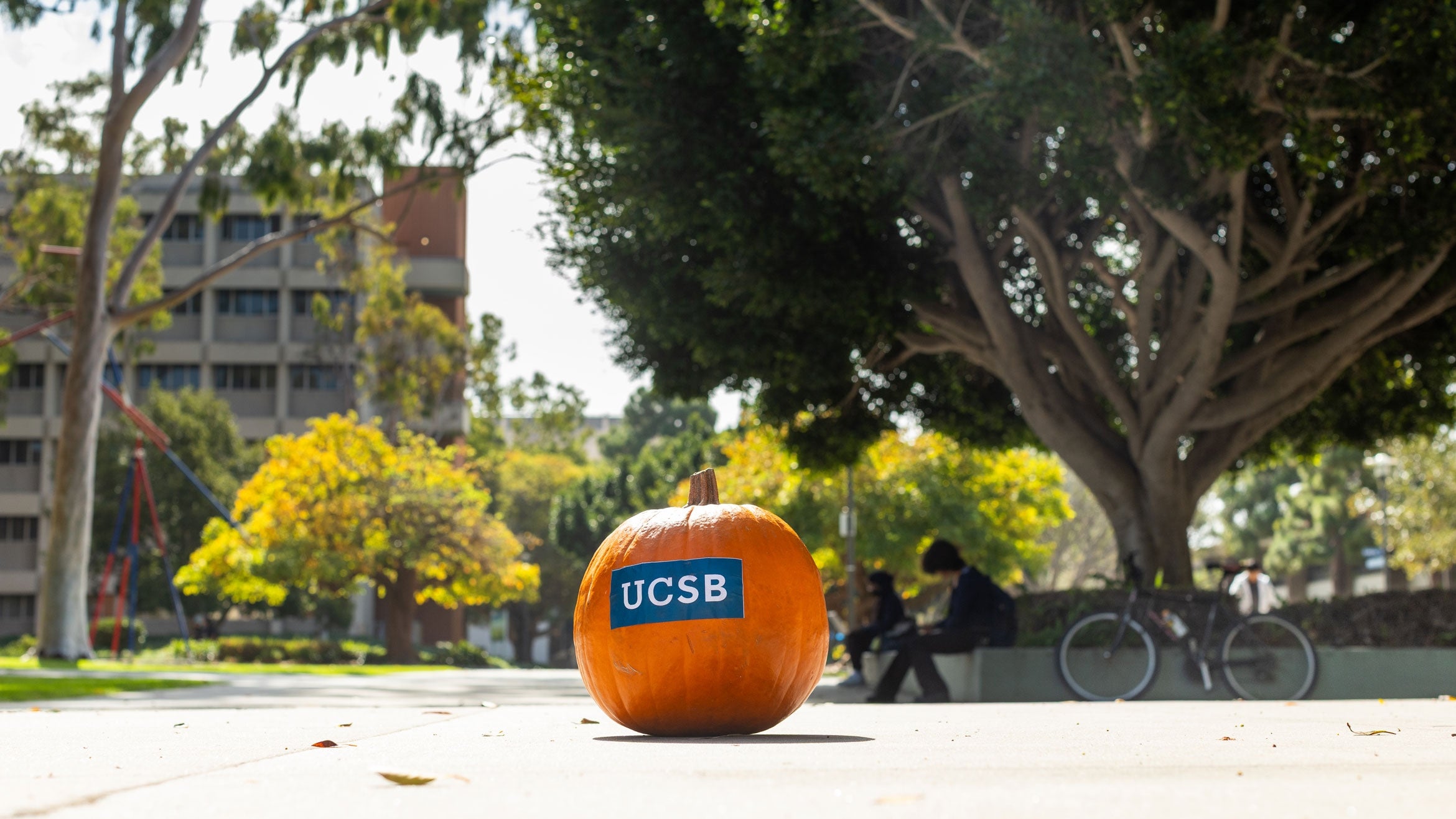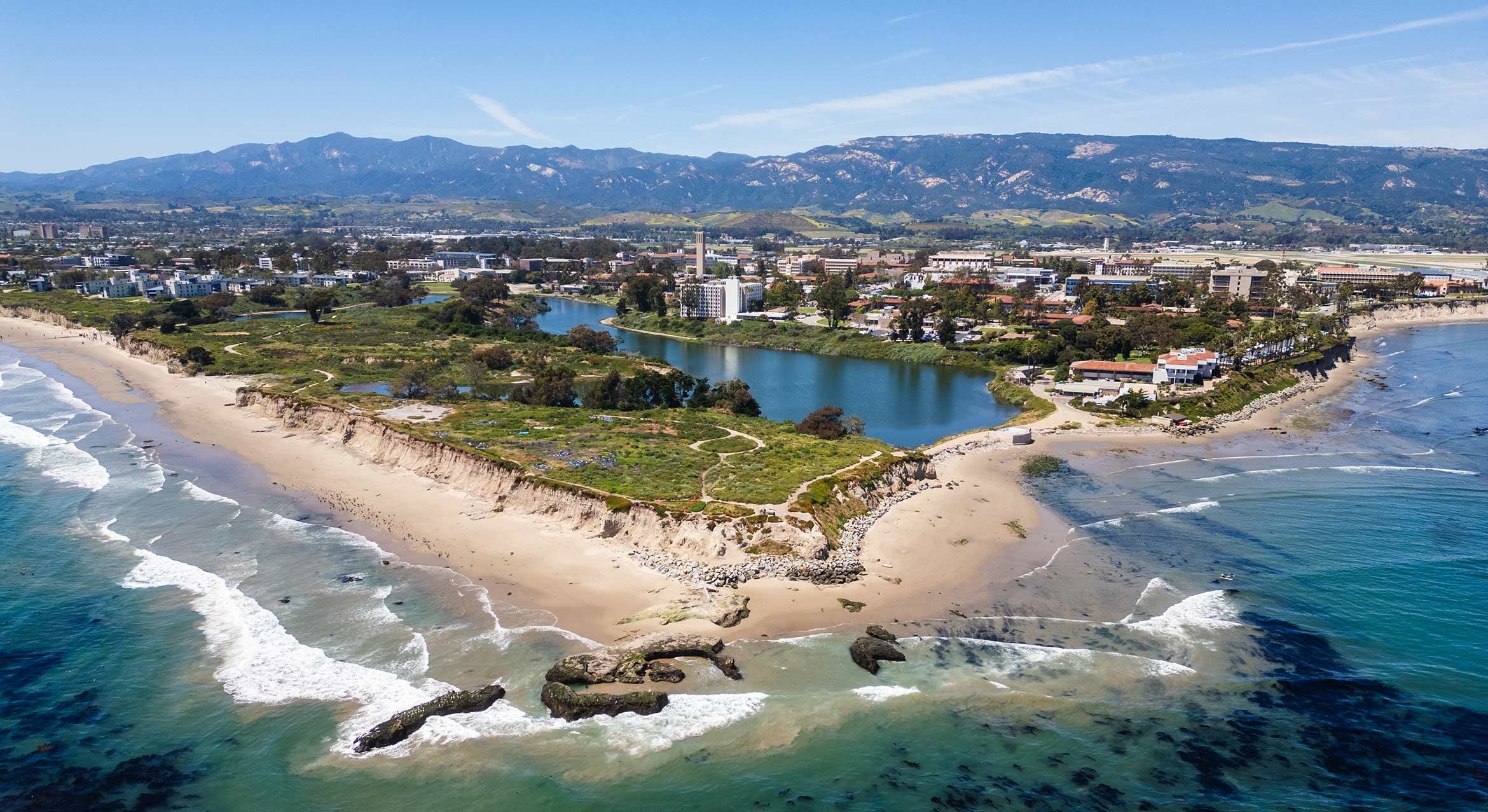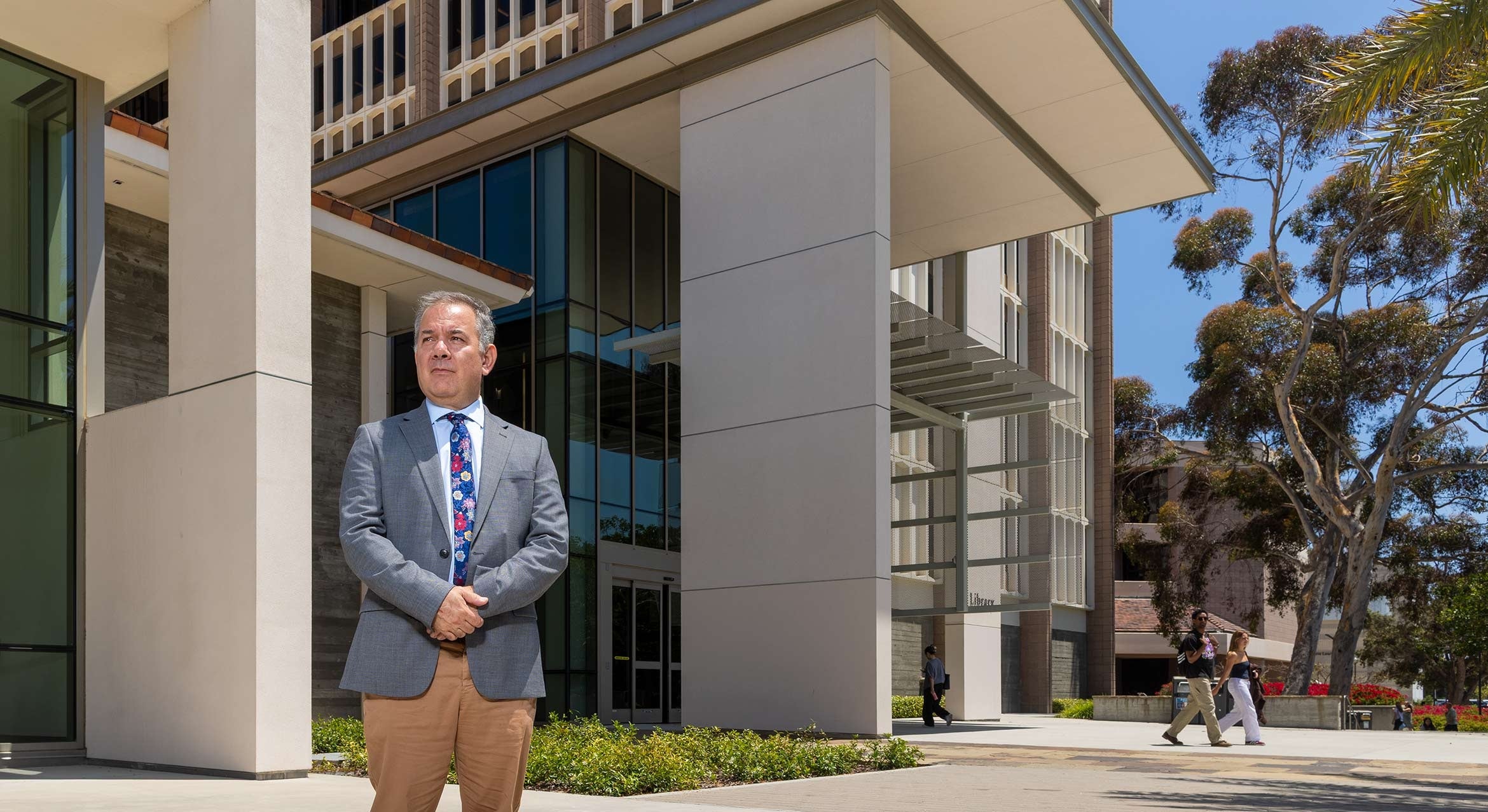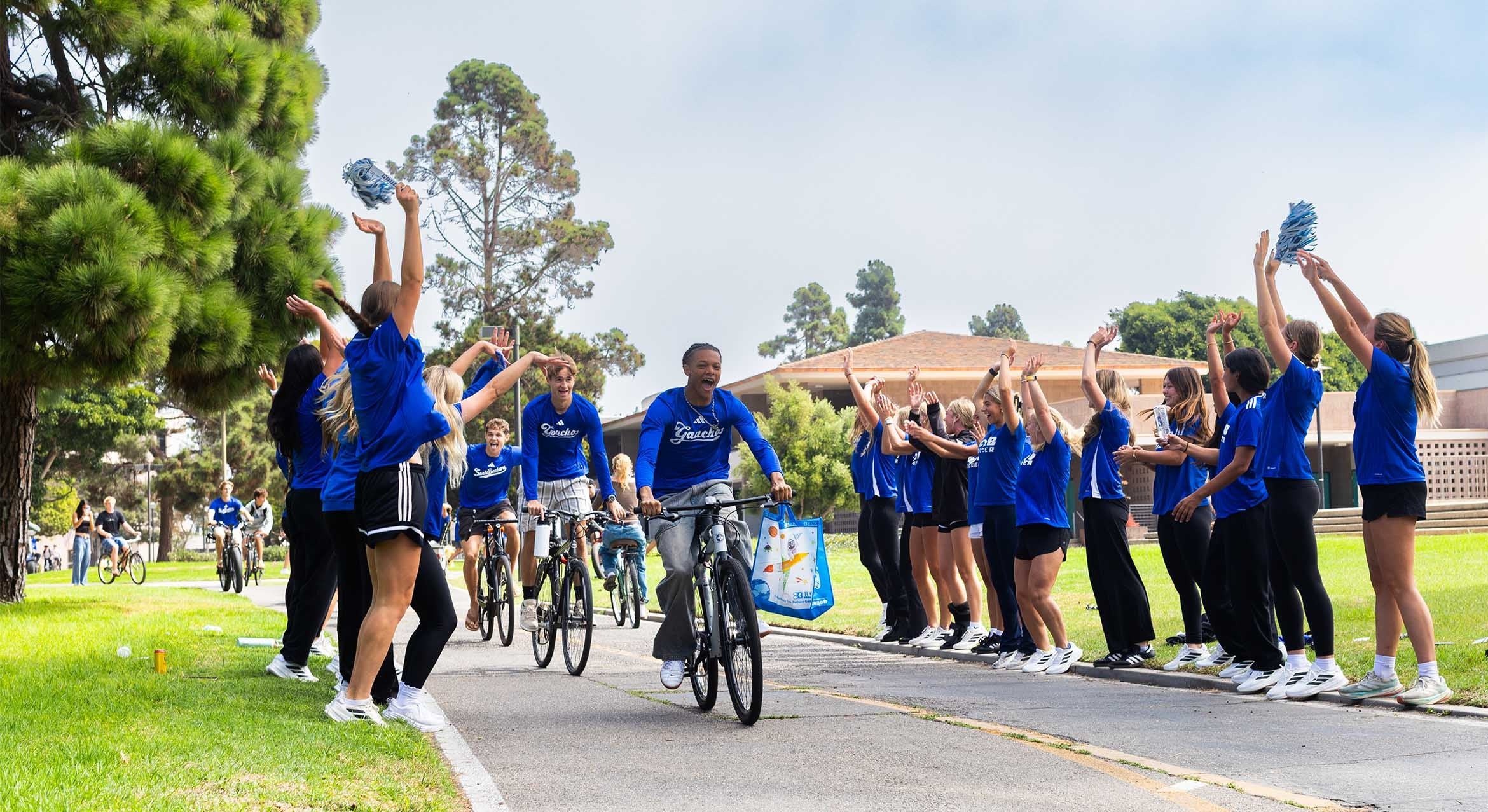Two of UC Santa Barbara's latest sustainability projects –– trayless dining and composting –– are proving to be very successful, enhancing UCSB's reputation as one of the greenest campuses in the country.
When students entered the residence halls for the fall quarter, they were greeted by "This is a Trayless Dining Facility" signs in all of the campus's dining commons. Now, when students enter the dining facilities, instead of queuing up and taking trays, they proceed to the various food stations where their food is delivered on plates. One plate, one glass for a drink, and maybe one dessert plate add up to a lot less waste than what students were leaving behind on trays in past years.
According to Jill Horst, director of Residential Dining Services at UCSB, the reaction from students has been overwhelmingly positive. "It's a big success," Horst said. "There would be no reason to go back (to trays). Ever."
According to statistics compiled by Mark Rousseau, energy & environmental manager for UCSB Housing & Residential Services, the average food waste at the De La Guerra Dining Commons is 2.95 ounces per person this quarter. Compare that to the spring 2009 quarter when the average waste per person was 6.4 ounces. "We're serving thousands of meals per day, so that impact is tremendous," Horst said. "It's a huge decrease in food waste, and that's because they're only taking what they really want. They're not loading up their trays."
Across the UCSB residence hall dining commons system, the total waste per person per meal is down 37 percent, while the average waste per person overall is down 54 percent.
The benefits of trayless dining include not only a decrease in food waste, but also fewer dishes/trays to wash, resulting in water and energy savings; shorter food lines, resulting in a smoother process during the peak dining period; less overflow of trays and less chaos at the dish-return areas; and financial benefits for the university. "Less waste means reduced food costs," Horst said, "which will enable us to purchase more sustainable fish, sustainable and organic produce, and other food items."
There are relatively few drawbacks to trayless dining, Horst said. One challenge is dirtier tables, which means more help is required to clean the dining commons. If students require assistance, a tray will be provided, Horst said. "If somebody's on crutches, or if somebody needs assistance getting food, we do provide for them," she said.
Students were one of the driving forces behind the trayless dining movement. The Environmental Affairs Board of the Associated Students, as part of its Sustainable Foods campaign last year, met with dining commons officials and proposed "The Trayless Challenge," which served as a trial run for the campus during Sustainability Week in 2008-09.
Meanwhile, Rousseau has been guiding the UCSB pilot composting project, which began during the winter quarter at the campus's De La Guerra Dining Commons. All of De La Guerra's pre- and post-consumer food waste has been placed in a large compactor, which is transported weekly to the MarBorg Industries waste facility in Santa Barbara.
There, the composting process begins when the UCSB food waste is treated with other landscape waste. Once each quarter, the recycled compost material is trucked back to UCSB where the process is completed in a lot on the west side of campus.
After curing for a month or two, some of the compost, which is very rich in nutrients, is used to form the base for planting grass or flower and plant beds at various locations around campus. "It becomes this big loop," Rousseau said. "It comes from here, and it winds up back here, helping the campus. That's been the goal all along."
The numbers regarding waste diversion from the De La Guerra facility are eye-popping. In 2008, an estimated 80 percent of its waste was taken to landfills, while 20 percent was diverted. Thus far in 2009, an estimated 90 percent of the waste has been diverted, while only 10 percent winds up in area landfills, Rousseau said.
"This program has been a big success," Rousseau said. "We are currently exploring what it would take to expand it to another dining facility by January."
† Top photo: Jill Horst, director of Residential Dining Services, in the Ortega Dining Commons, one of the trayless dining facilities at UCSB.
Photos by George Foulsham UCSB Office of Public Affairs
†† Middle photo: Student Jennarose Manimtim carries her lunch, without a tray, in the Ortega Dining Commons.
Photos by George Foulsham UCSB Office of Public Affairs
††† Bottom photo: Lead groundskeeper George Featherson uses a Bobcat to move compost that had just been delivered to the west side of campus by MarBorg Industries.
Photos by George Foulsham UCSB Office of Public Affairs
Related Links



